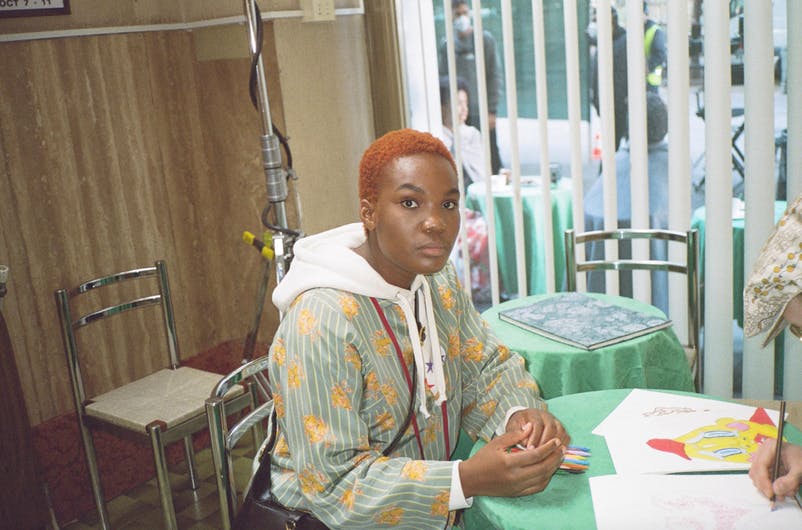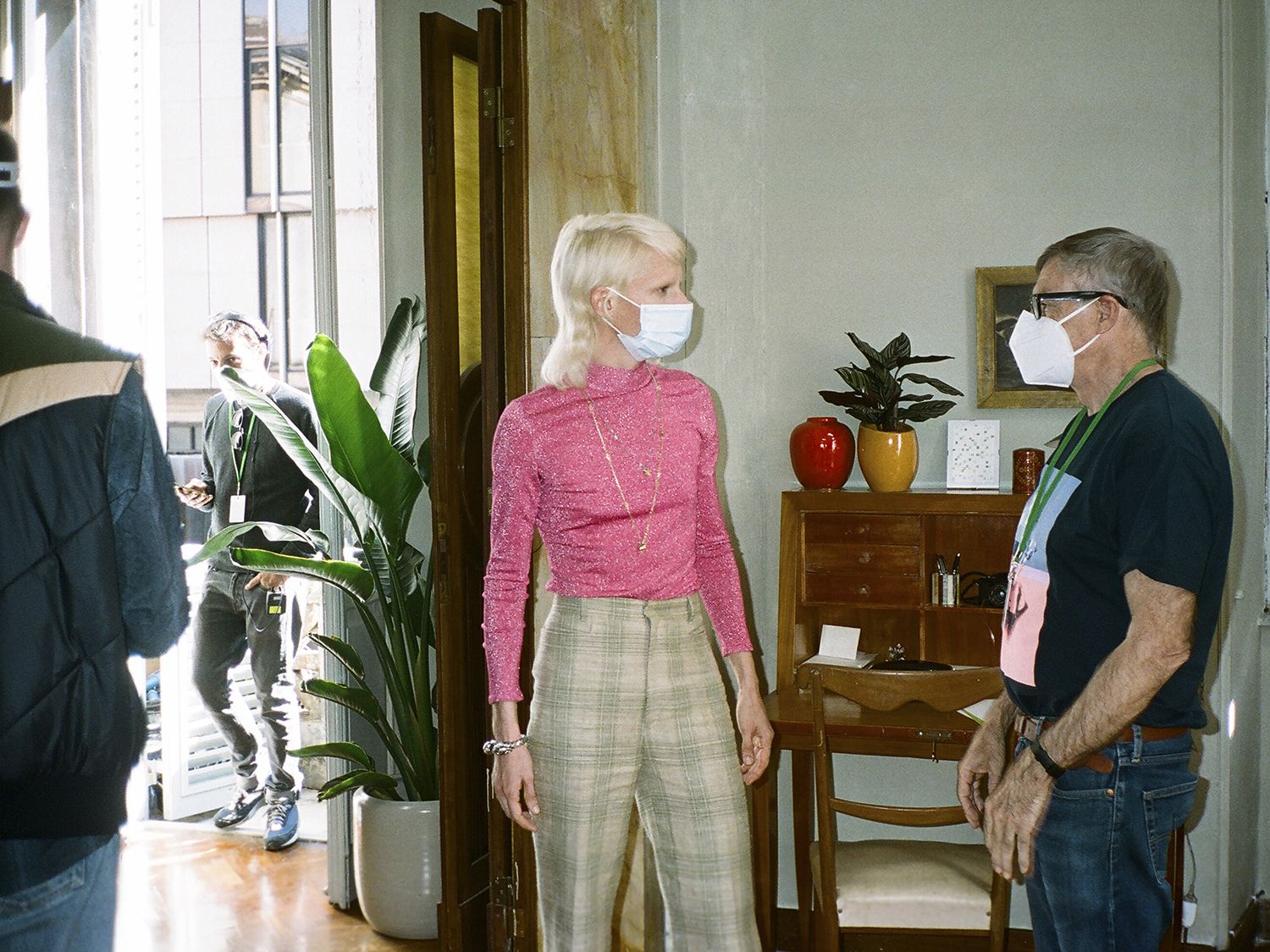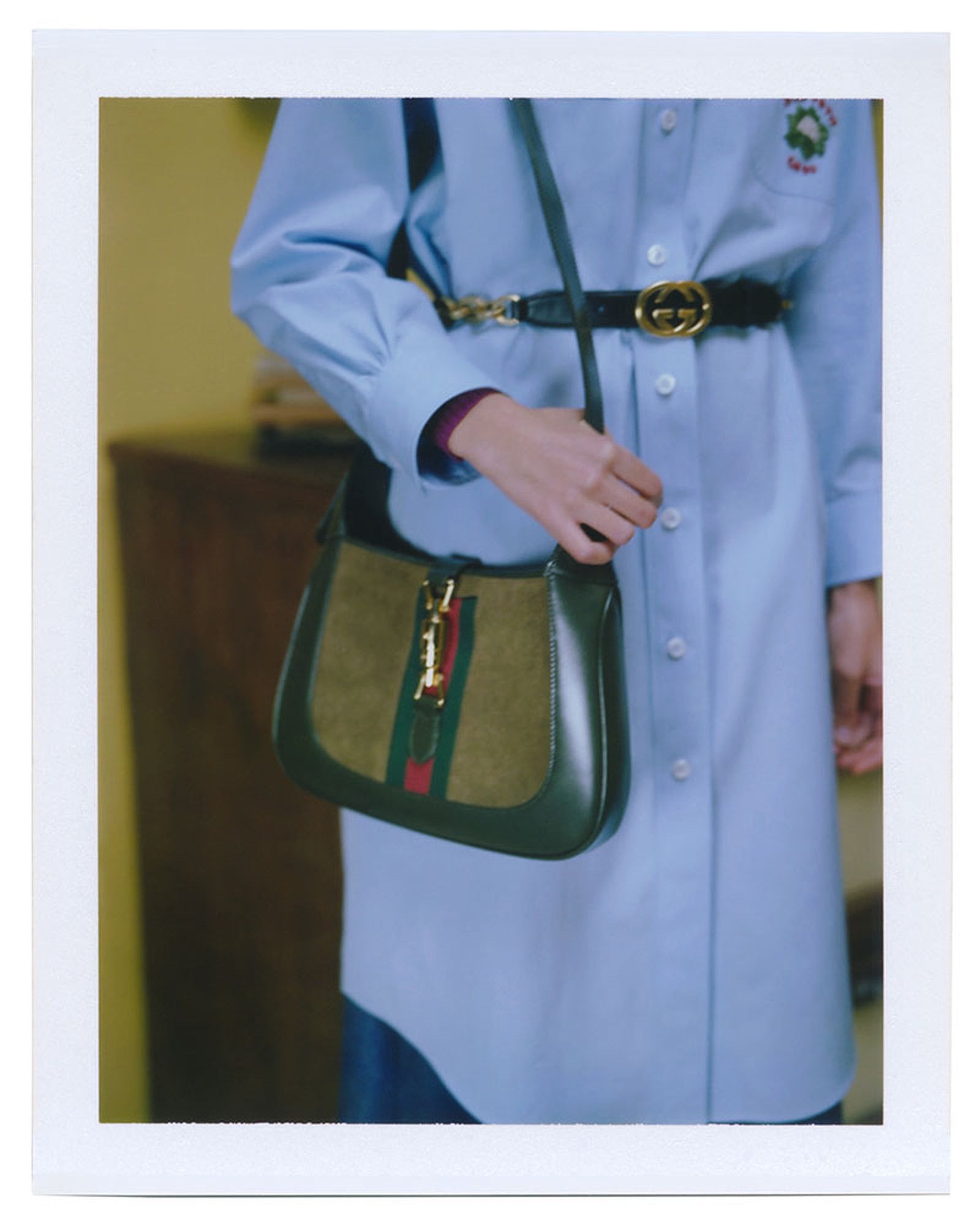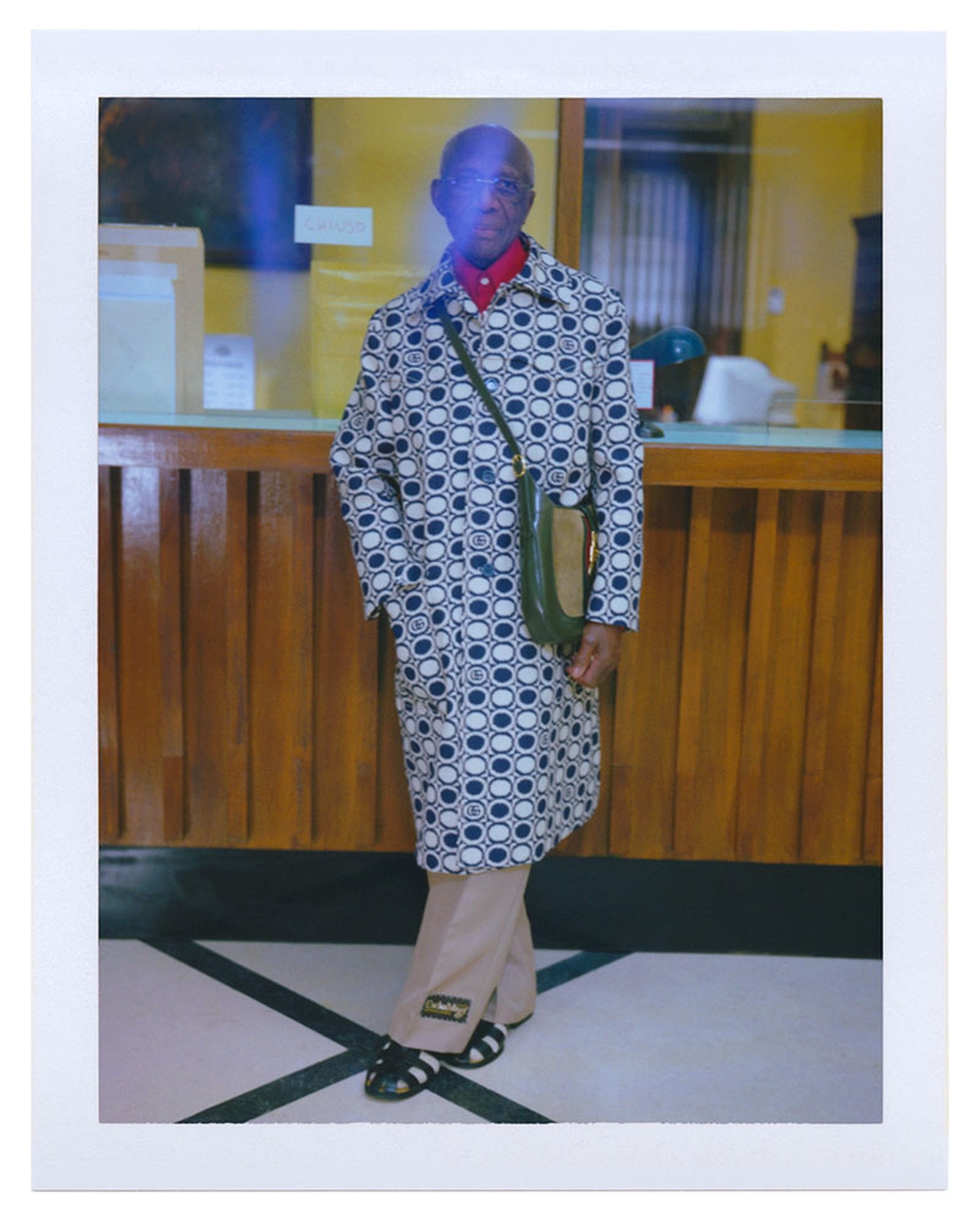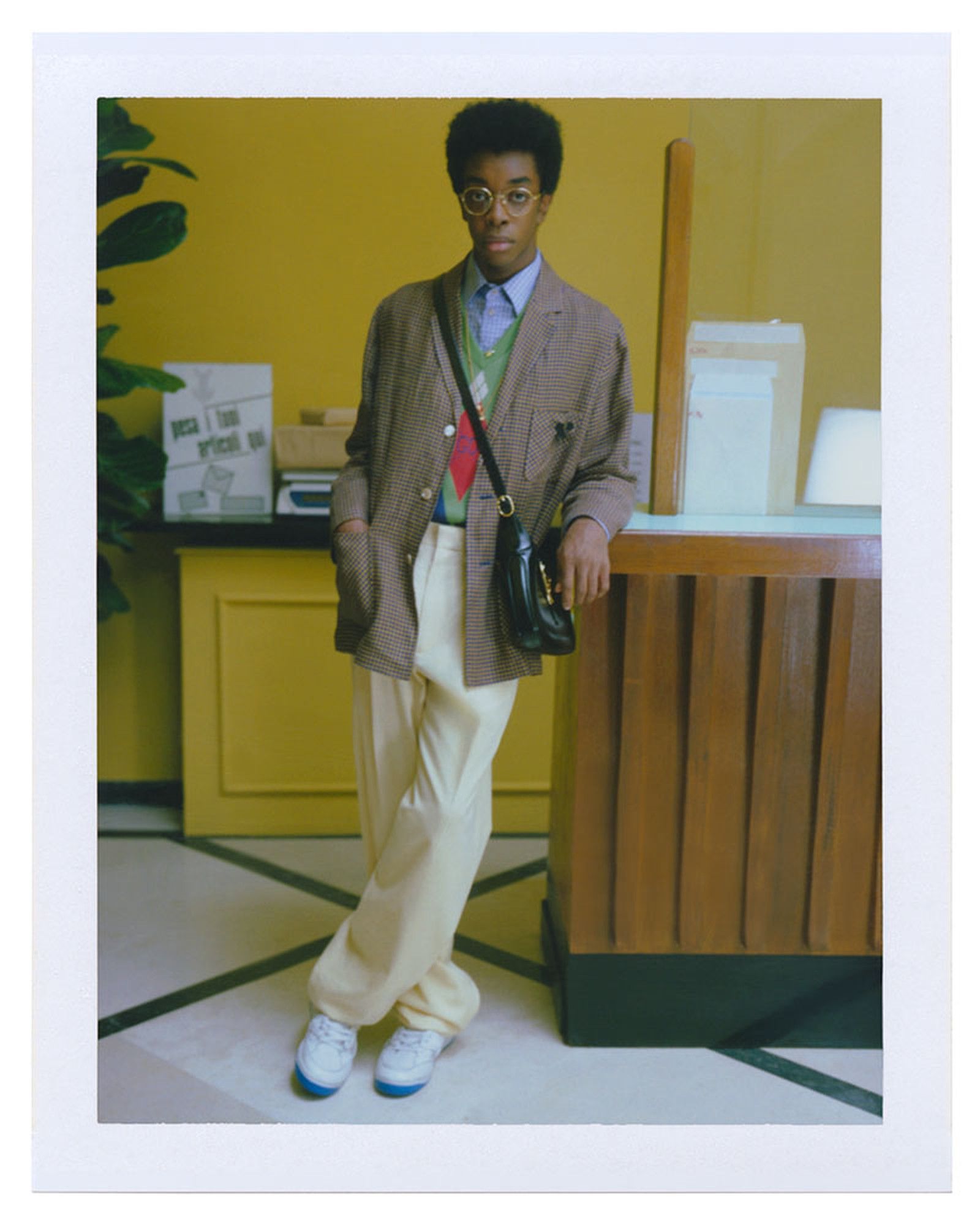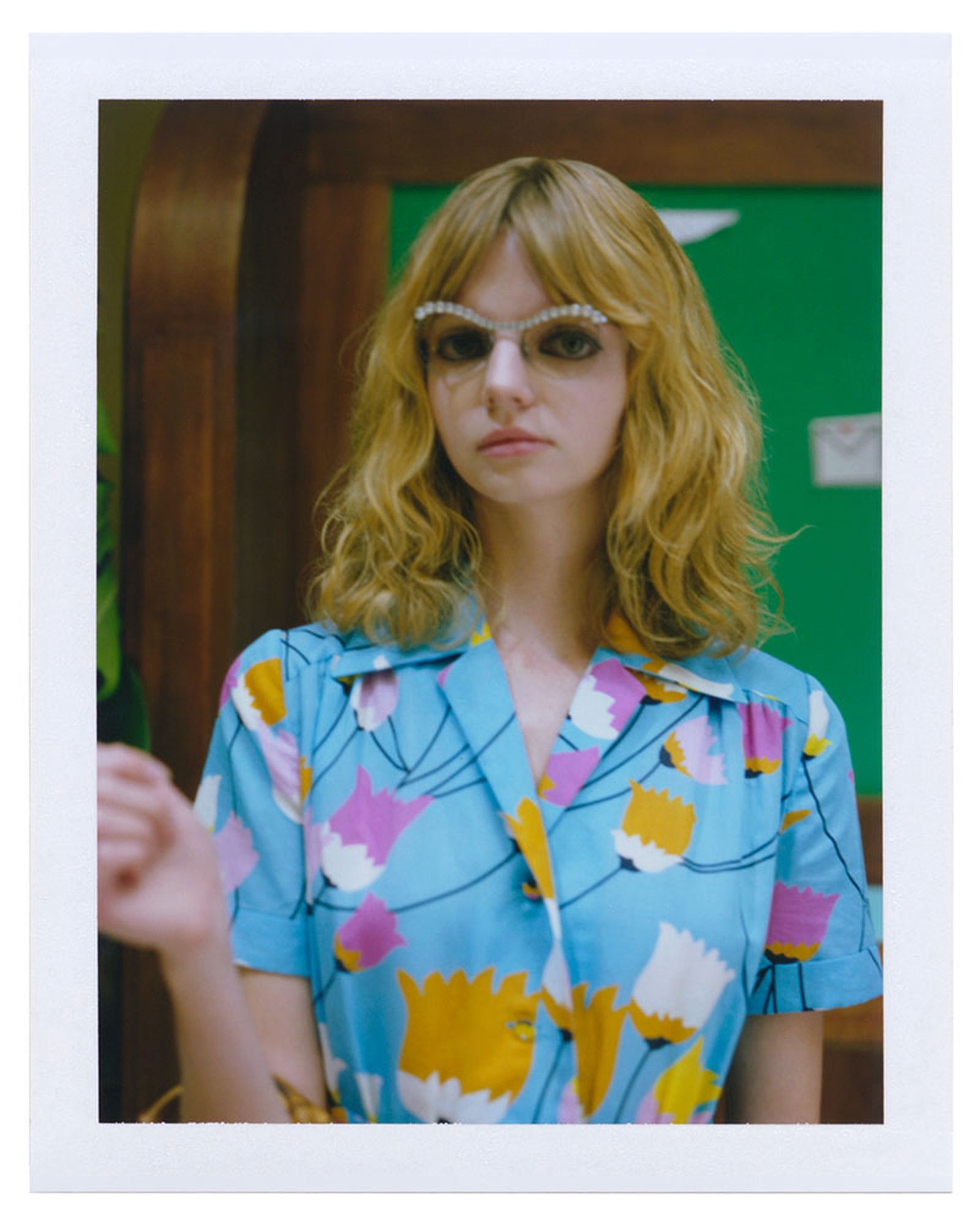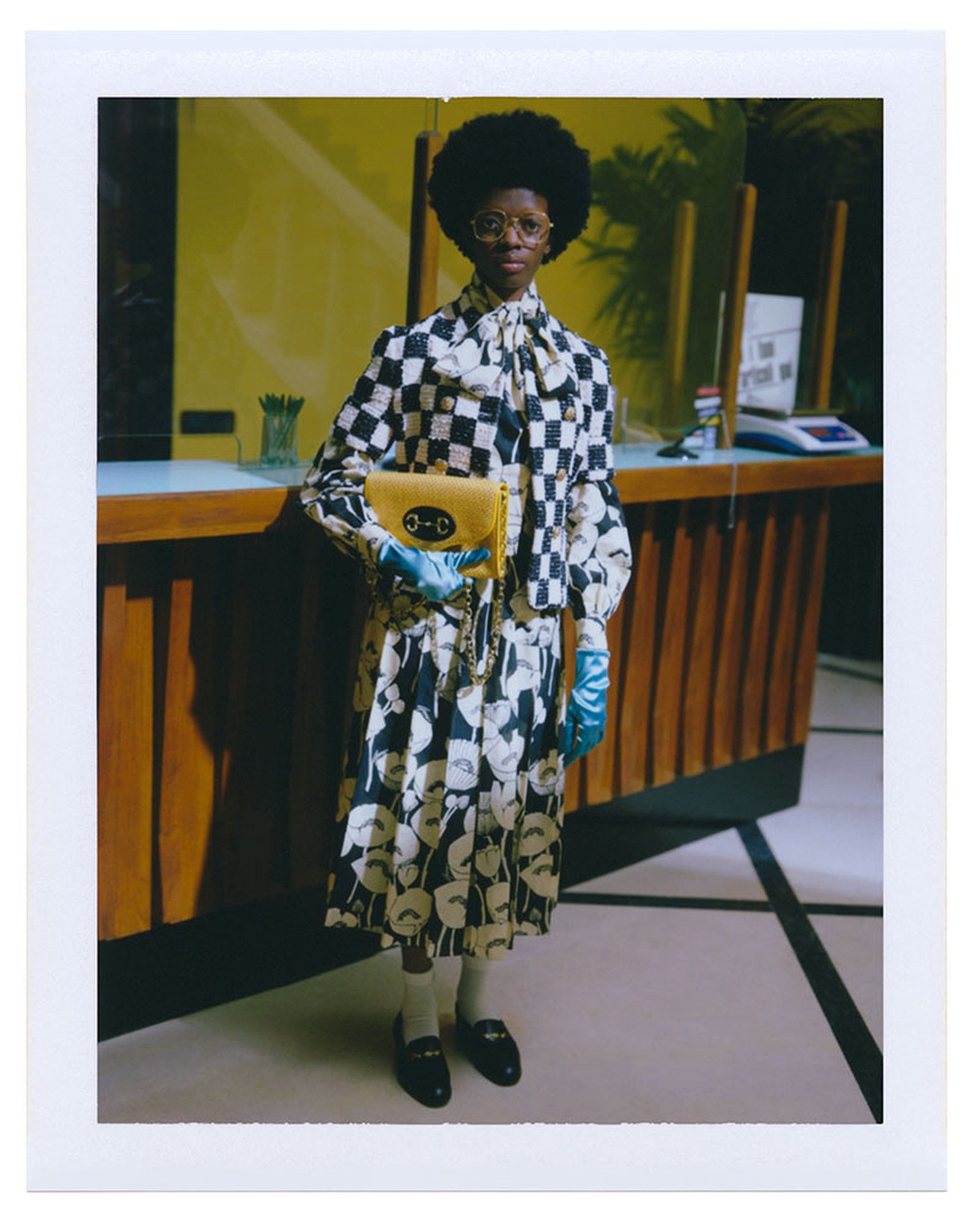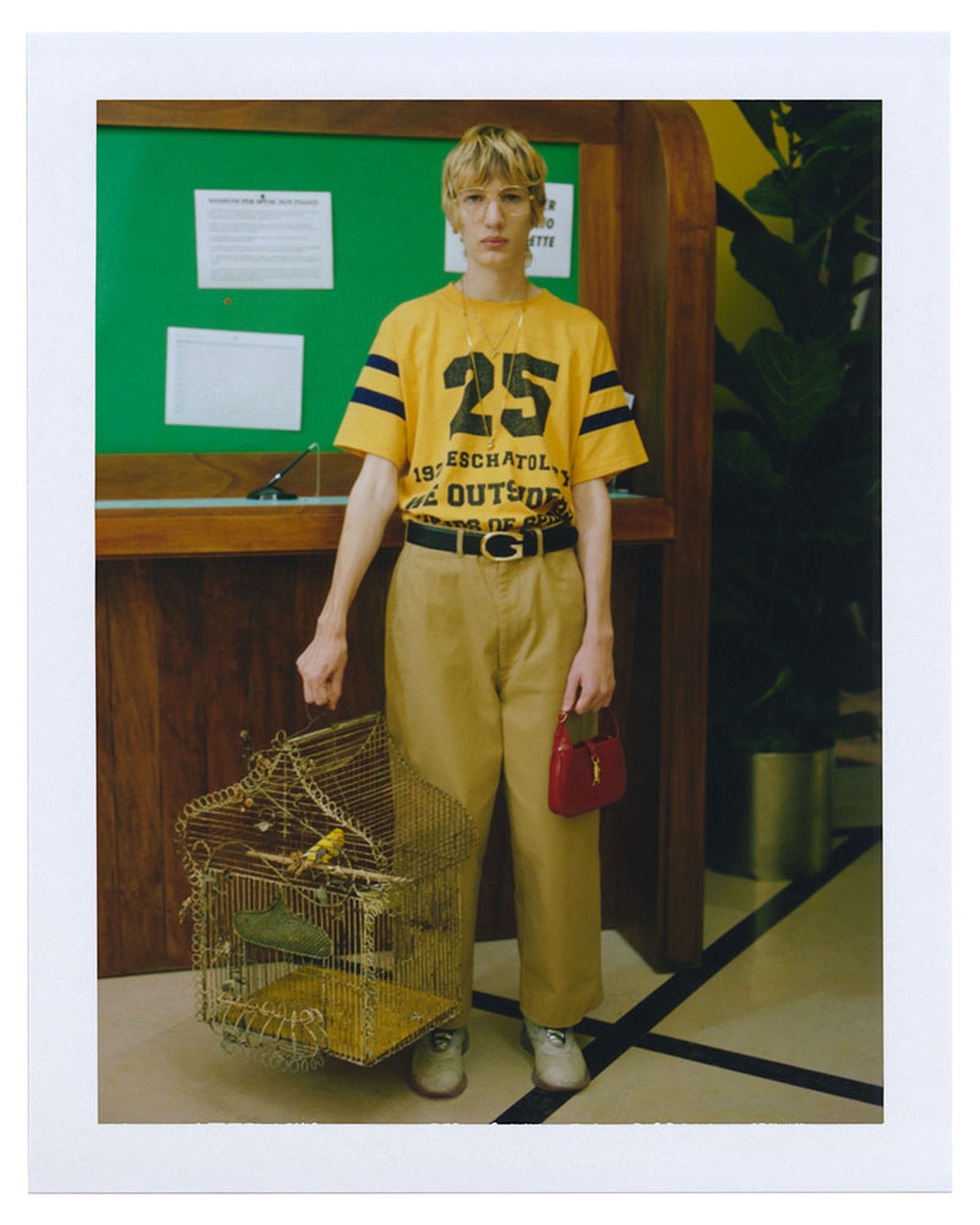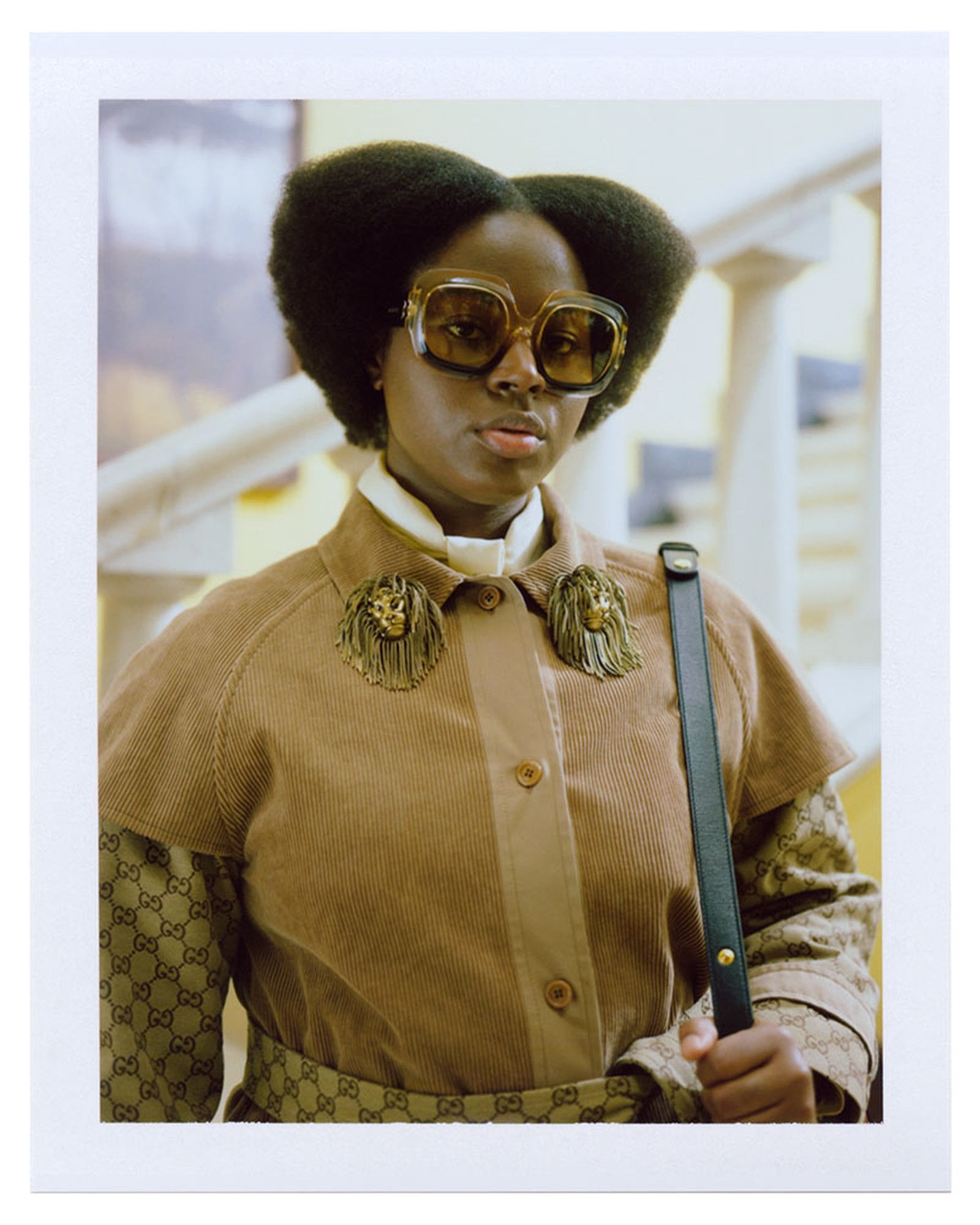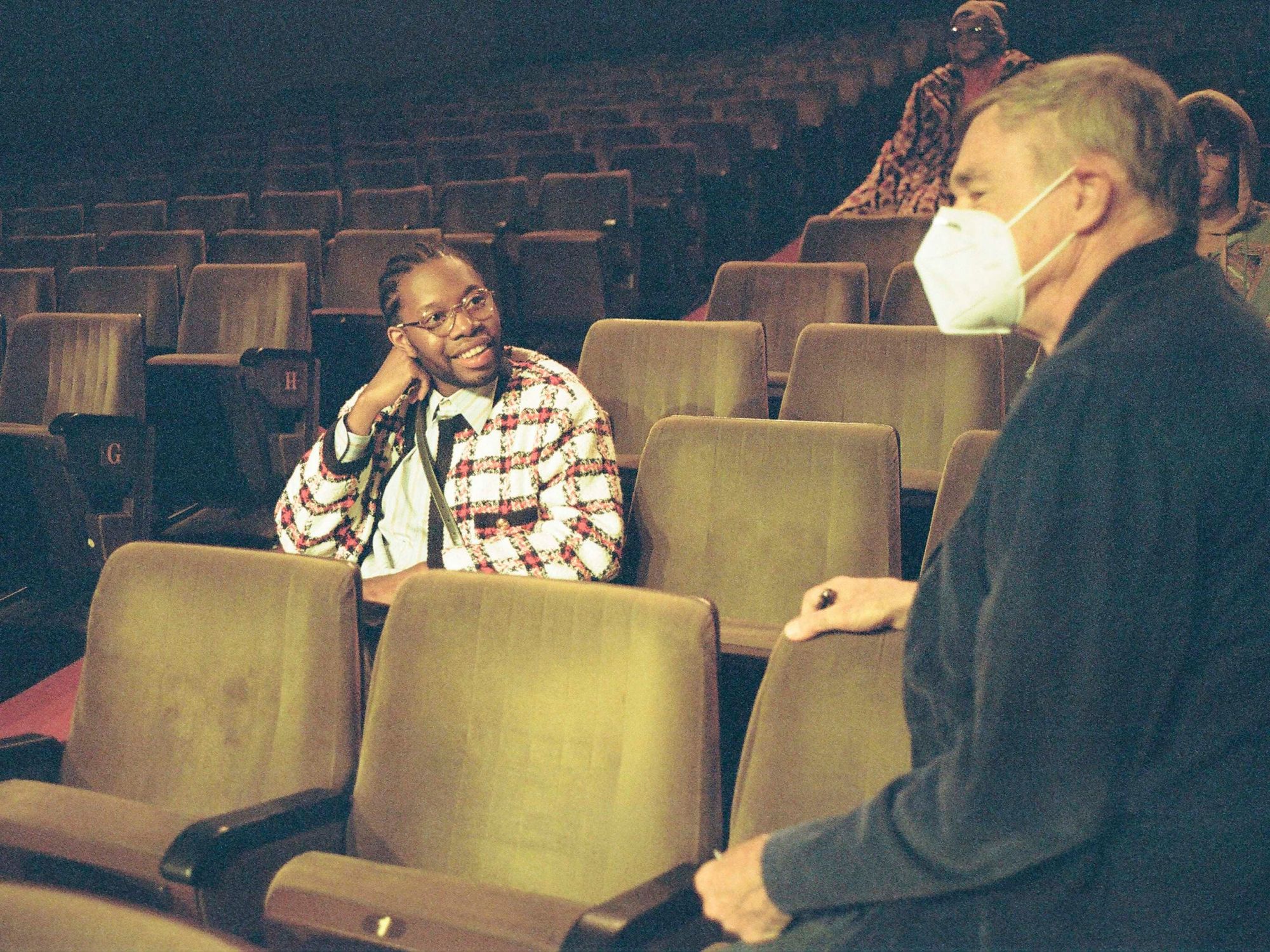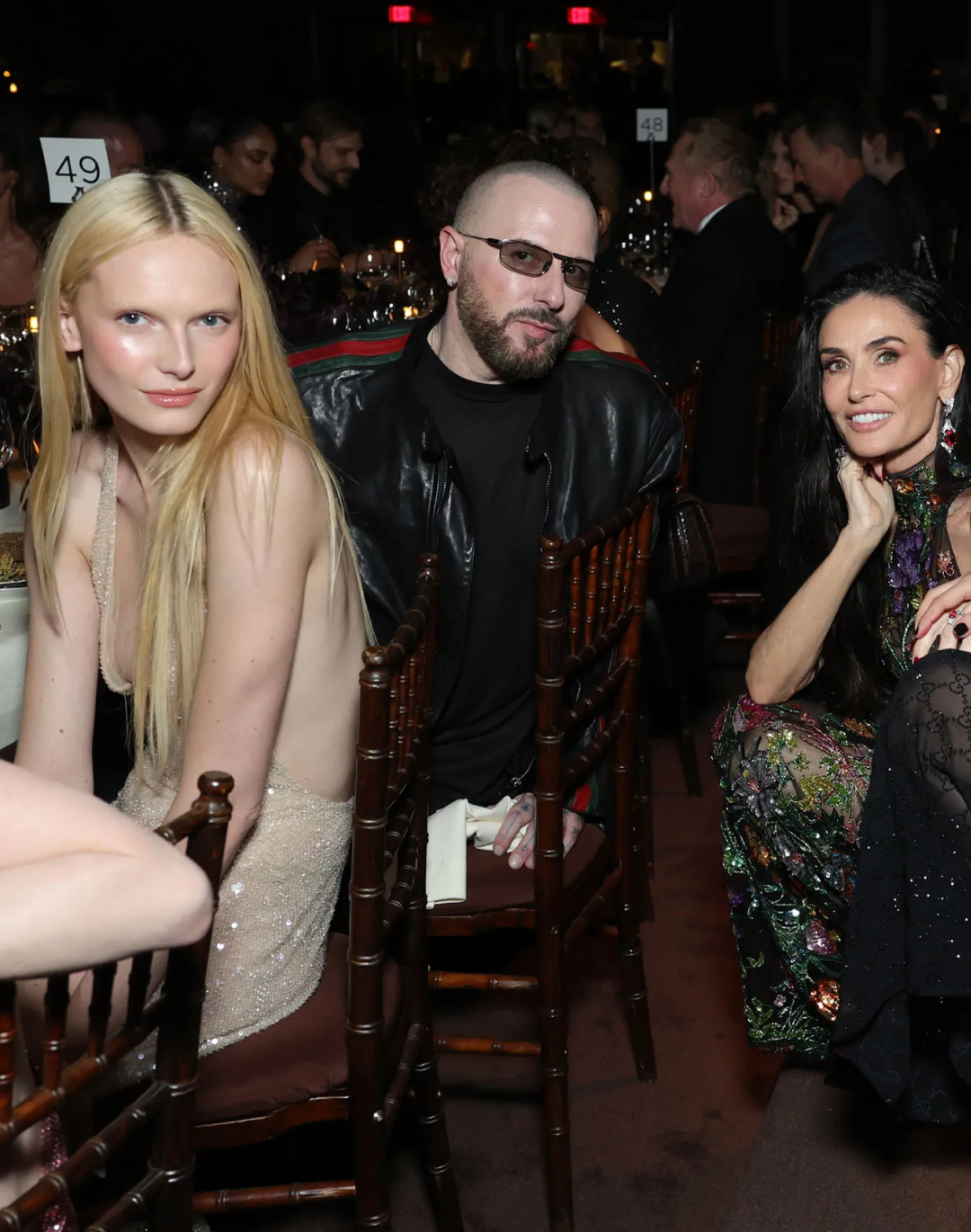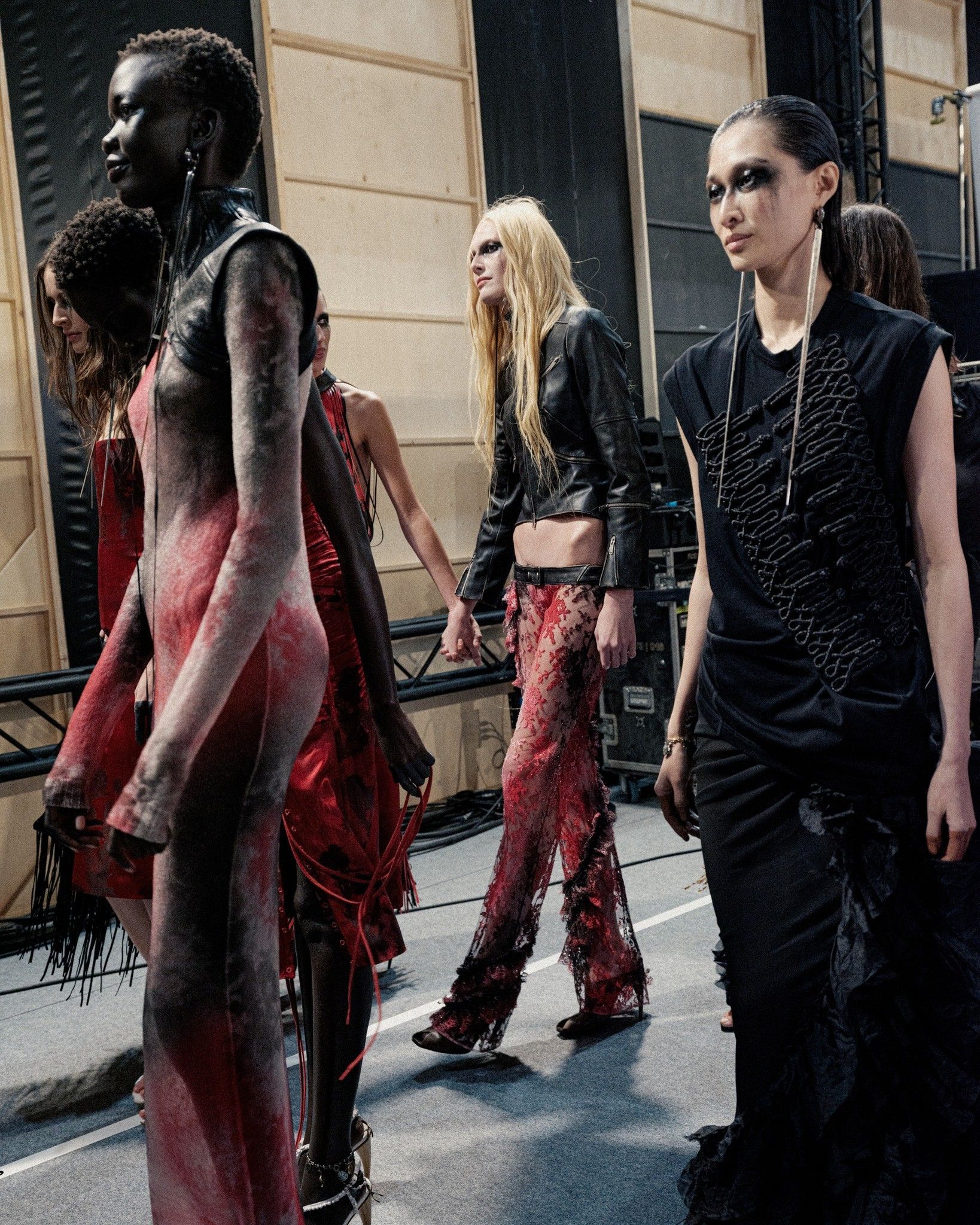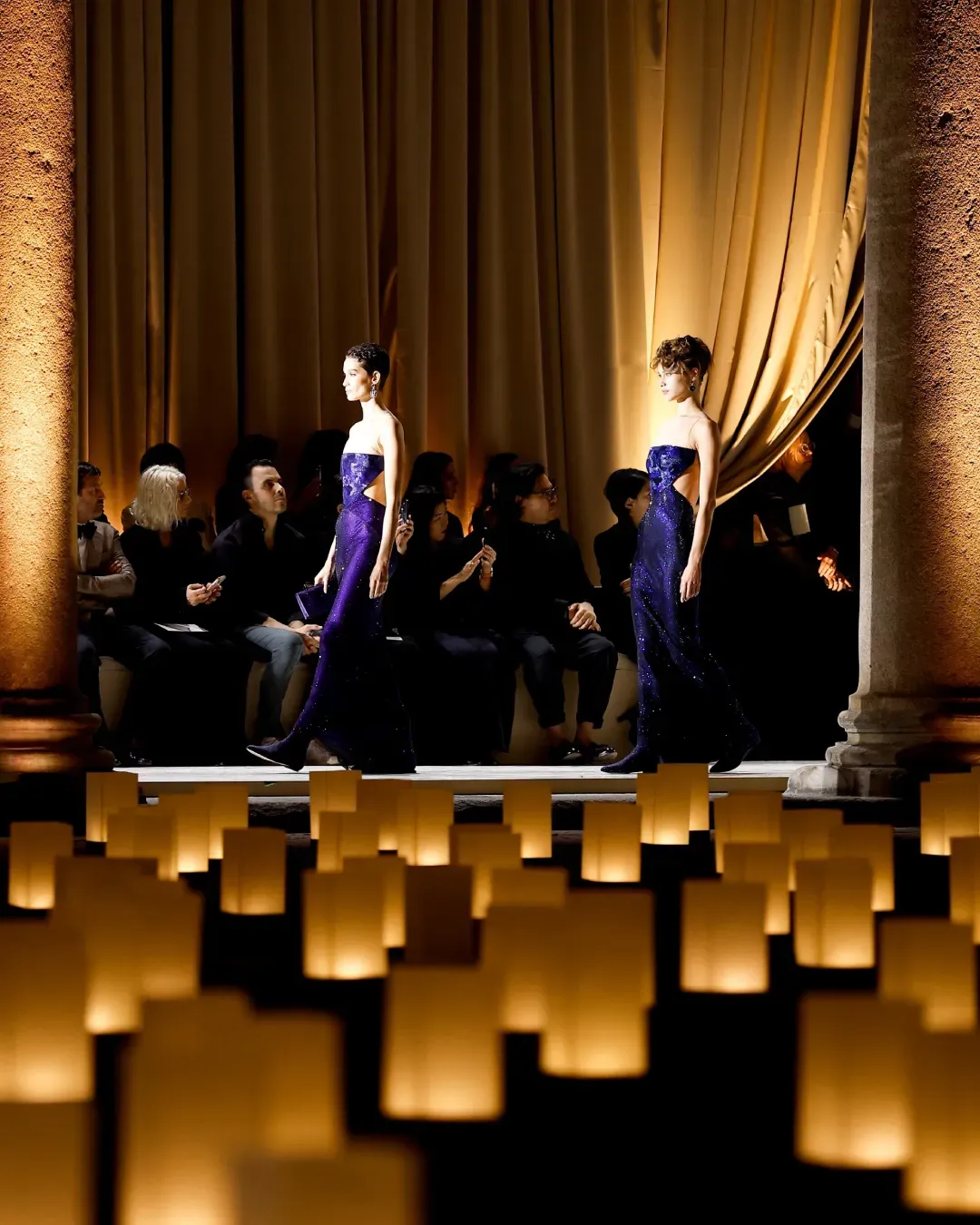
Gucci’s 7 Day Film Festival answers everything in society, while saying nothing The presentation which closed this weekend, frames the world of fashion in an entirely new light
A few months ago, as the fashion industry frantically attempted to acclimatise to the effects of the pandemic and the impracticalities of physical fashion shows, the big question on the tip of everyone’s tongue was what’s next ? What lies in the future of fashion ? — A question that many of us are still attempting to answer today as things still remain unclear.
However, Gucci’s recent presentation of their 7 part series , Guccifest - “Ouverture of Something That Never Ended” is proof that we were all asking the wrong question. In collaboration with Film Director Gus Van Sant, Alessandro Michele abandoned all queries regarding the future and instead focused on responding to the stimulus of the present, in regards to conversations of the industry and the world at large.
In the past 7 days, the brand presented their seasonless collection , through a film series shot in Rome with a plot that was crafted to ask questions and spark conversation. In a typical film one would usually expect to be driven by the director in a proverbial car, making strategic stops that hint to moving towards a set destination, but with this film the creative director and film director don’t act as drivers but rather tour guides, leading their audience on proverbial unicycles, not towards any set destination but throughout the general district of life itself. Each installation of the film series touches on different aspects, ranging from themes such as the scope of gender as a social construct to the beauty of cultural differences brought out through the different forms of creativity. Although each of these topics are portrayed, the story does not lead the viewer to think in any particular direction, but performs a delicate dance with poetry and choreography that simply encourages one to start thinking. As Alessandro explained in the pretext:
”The film does not want to assert. There is no proclamation. No declaration. But evocation instead. There is no such thing as an ultimate and final meaning, because that would end up in reducing the sensible to the intelligible.“
In partaking on this intellectual journey, it is impossible for the audience to forget that it is a fashion film, simply because throughout the series, the main protagonists are the clothes. Michele uses his elements of design to create these interesting characters, most of whom, although do not speak, tell stories through gestures and attitudes that are based upon the clothes they choose to wear. Celebrity appearances are made by Florence Welch, Harry Styles, Billie Eilish among others but their stardom does not overpower their roles as each one smoothly assimilates to the character written for them, in a way that gives them a new identity based on qualities of their public identity.
An additional part of the Guccifest features the work of 15 young designers, whose collections are also presented through videos. In doing so, the brand creates a platform on which these growing talents are supported in a way that allows them the freedom to creatively explore on a large stage in their own respective artistic directions.
Gucci’s 7-day film festival is surely something new in the world of fashion but in creating this body of work, Michele with the help of Van Sant views fashion through the lens of an art form. Art is created to reflect and interpret the changing times, and in a similar way he proposes for us to see things with the same flexibility. Although the industry is one built on the use of tradition, this genre of presentation defies that notion. Does this success mean that the future of fashion lies in the creation of fashion films instead of runway shows ? No. It simply means that this is what may be best for the moment, and in taking this approach, he challenges the industry not to find new forms of tradition, or new ways to present runways shows, but rather to allow ourselves as creators (albeit commercial) a similar freedom and flexibility to react to the times in whatever way we see fit.










































